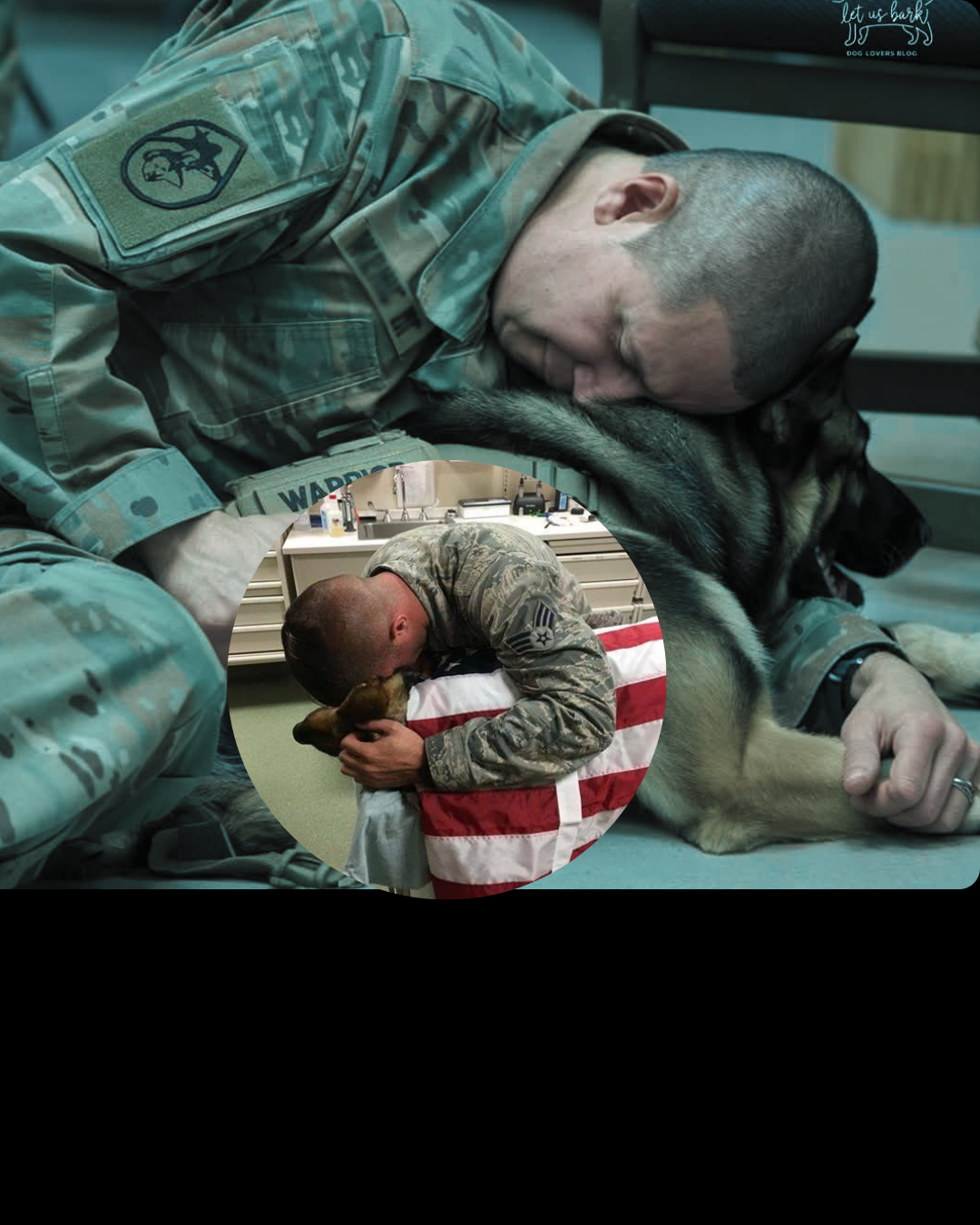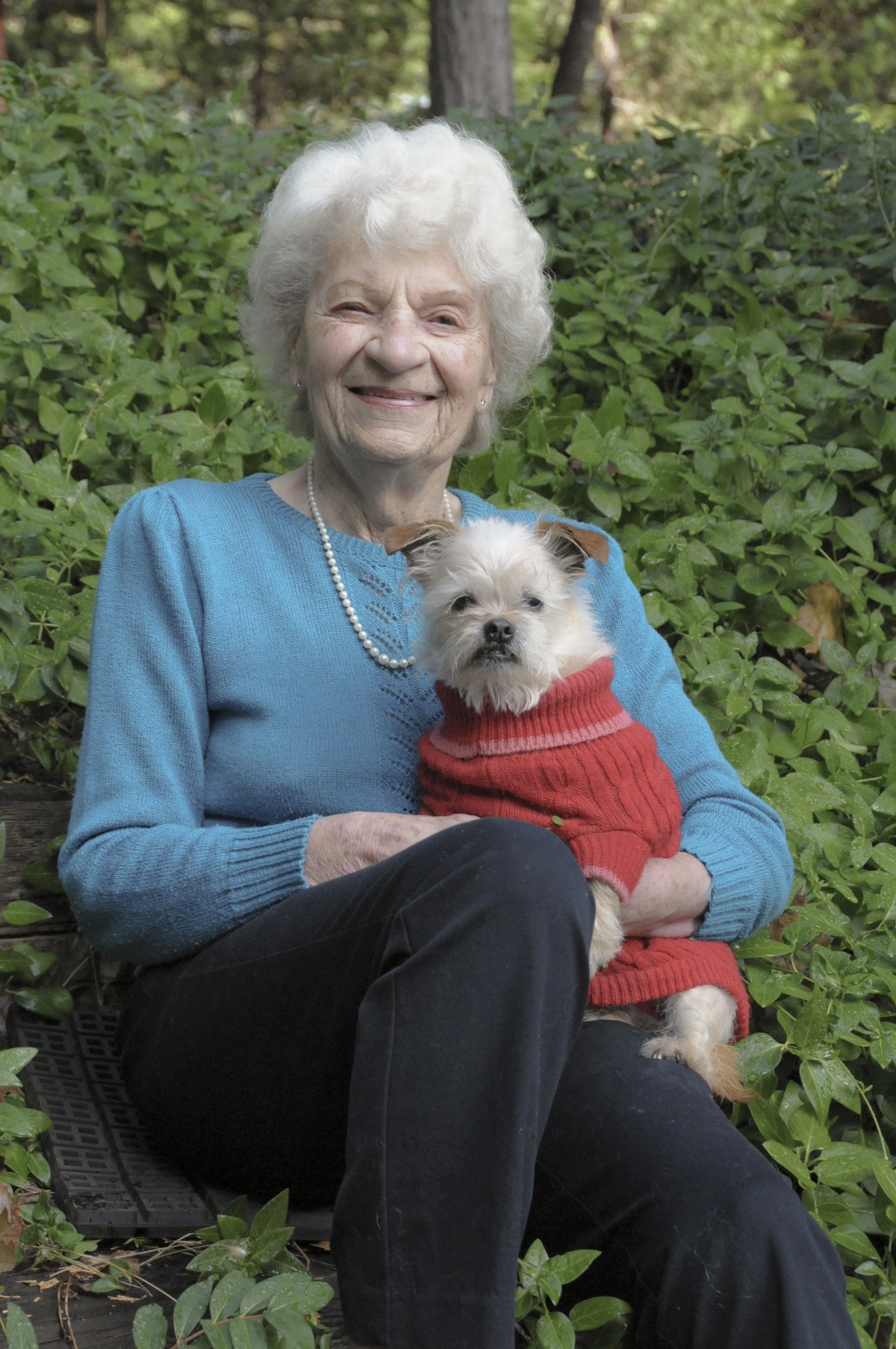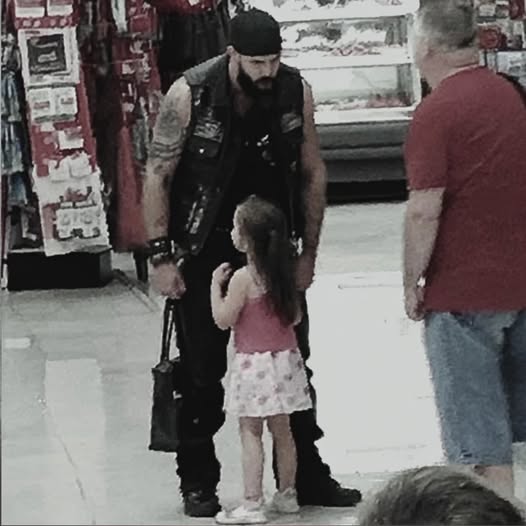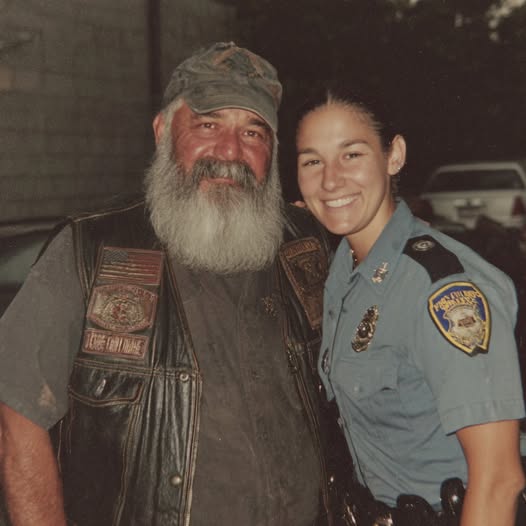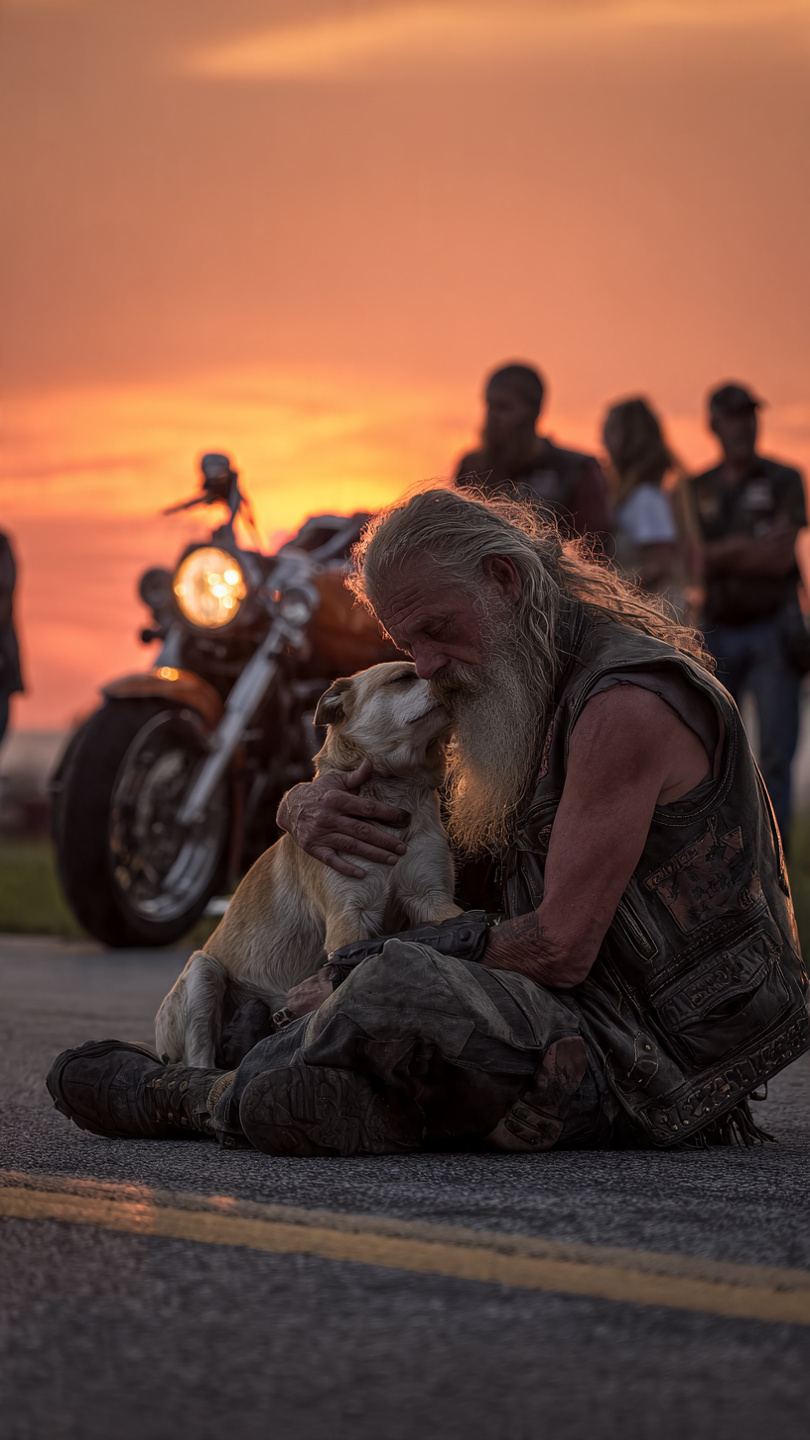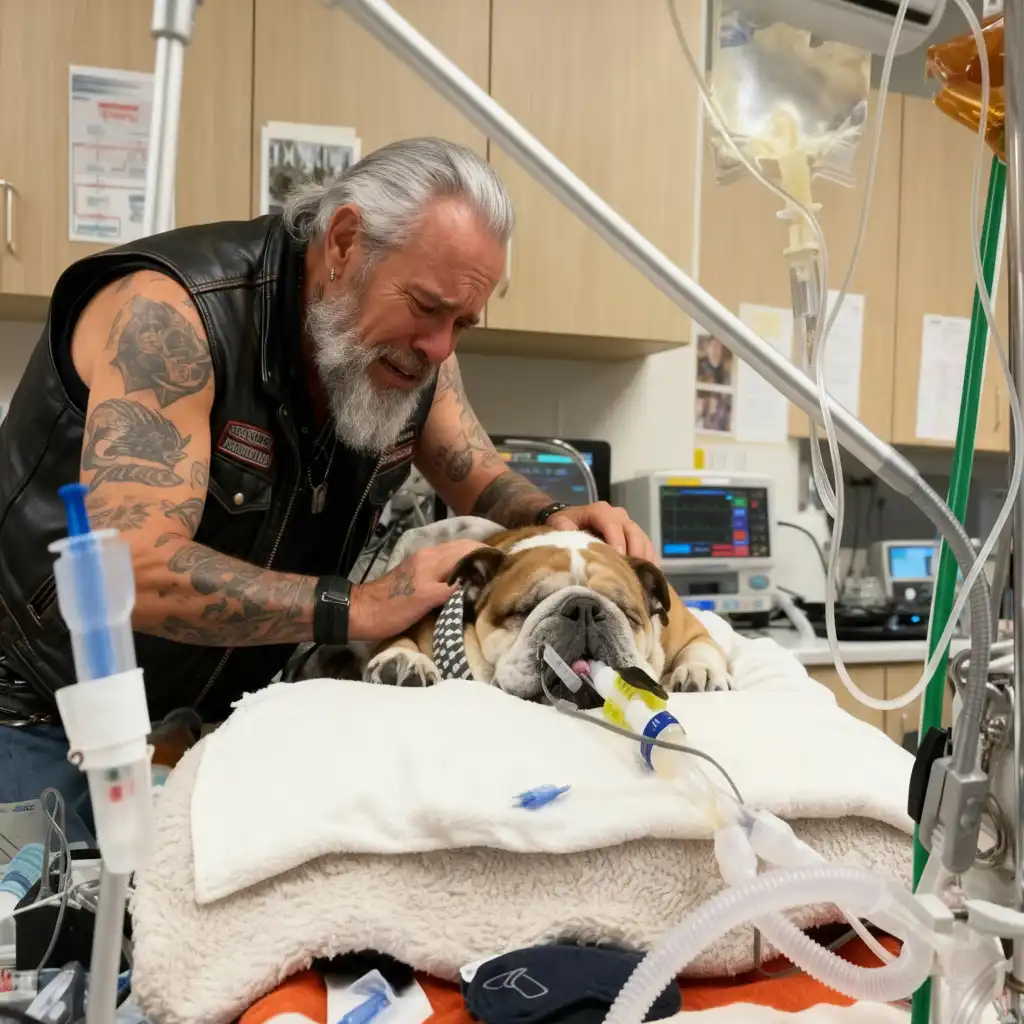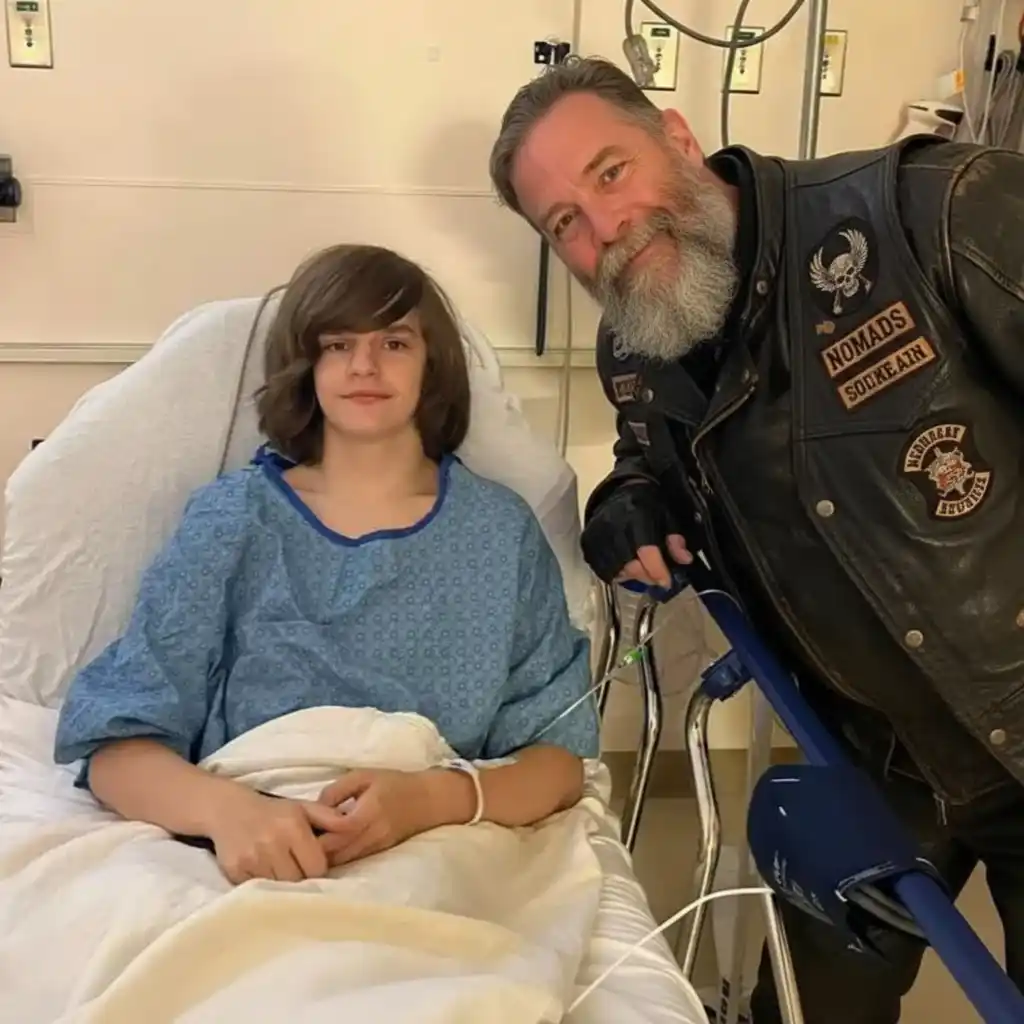A Soldier’s Goodbye
Sergeant Daniel Rourke had spent twelve years in uniform, but nothing in all those years—no battlefield, no sacrifice, no mission—had ever prepared him for the moment he knew was coming. The day he wished would never arrive. The day he had to say goodbye to the only partner who had never once failed him. Shadow. … Read more
